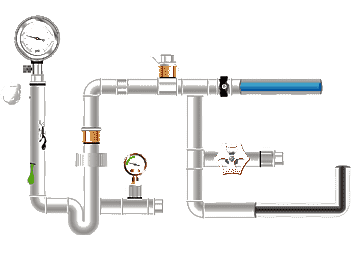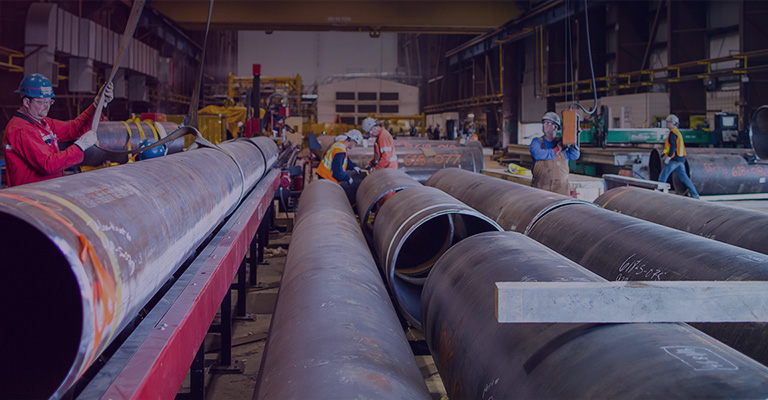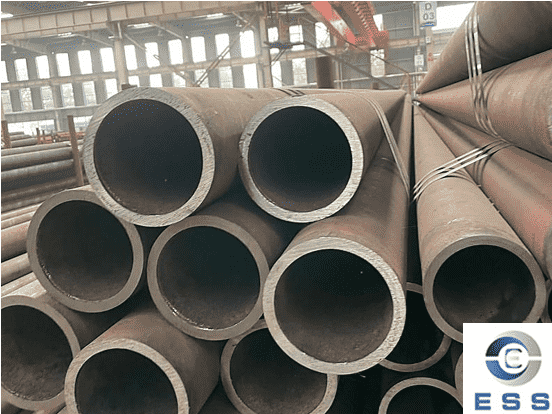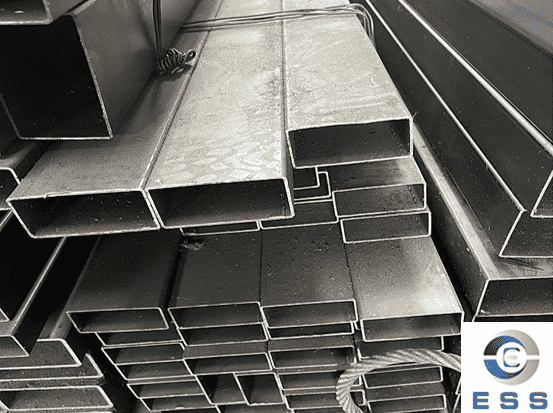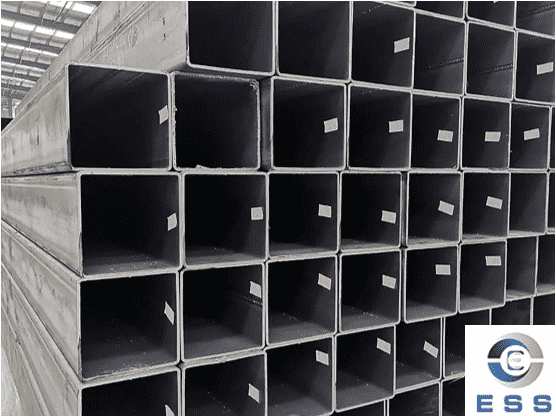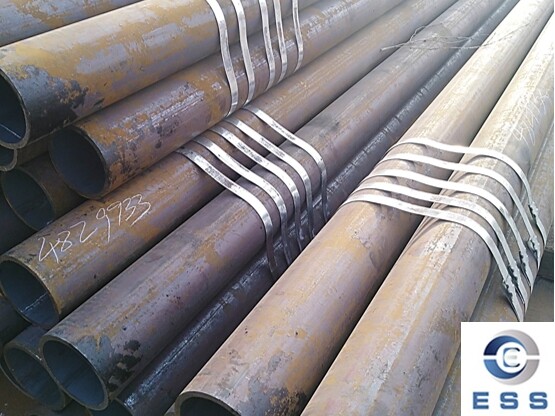
EN10220 vs EN10210 Pipes
With the continuous upgrading of
engineering structures and pipeline system applications, it is crucial to
choose the right seamless
pipe standard. Among European standard, EN10220 pipe and EN10210 pipe are often confused. This article will systematically compare and analyze the
two major European seamless pipe standards EN10220 and EN10210 from five
aspects: standard scope, technical requirements, dimensions and tolerances,
application areas and selection recommendations.
Standard scope
1. EN10220: General purpose size and
quality standard
EN10220 (formerly ENV10220 version)
specifies the outer diameter series, wall thickness preferred size and unit
mass of seamless and welded round steel pipes,
and is suitable for ordinary steel pipes (including carbon
steel pipe, alloy steel pipe and stainless
steel pipe) for mechanical, pressure and structural purposes.
2. EN10210: Hot-formed structural steel
pipes
EN10210 focuses on hot-formed welded or
seamless structural steel pipes, especially square pipe and
round pipes made of non-alloy and fine-grained steels, emphasizing the
technical delivery conditions of hot-rolled forming, including chemical
composition, mechanical properties and surface requirements, etc.
Dimension series and tolerances
1. EN10220 dimension series
Outer diameter series: divided into
Series1, Series2, and Series3 to match the availability of pipe fittings.
Wall thickness range: from light-walled
pipes to thick-walled pipes (above 70mm) The table lists commonly used
preferred sizes and unit masses.
2. EN10210 common specifications
Typical outer diameters: 21.3mm, 26.9mm,
33.7mm, 42.4mm, etc.
Common wall thicknesses: 2.3mm, 2.6mm,
3.2mm, 4.0mm, etc.
Standard length/ton: such as 21.3×2.3mm is 928m/ton.
Technical requirements
1. EN10220
Material requirements: focus on size and
quality, not directly standardize chemical composition.
Production process: seamless or annealing
after welding, mainly focusing on dimensional deviation and quality.
Surface state: processing marks can be seen
on the surface, no detailed requirements.
Inspection and quality control: calculate
unit mass by mass formula, and perform basic water pressure/defect detection.
2. EN10210
Material requirements: strictly specify
chemical composition (C ≤0.22%, Si ≤0.55%, etc.) and physical properties.
Production process: clarify the
requirements for hot rolling cooling speed, forming uniformity and machining
allowance.
Surface state: the hot-rolled surface may
be rough and slightly uneven, but it does not affect the structural
performance.
Inspection and quality control: size, wall
thickness, mechanical property inspection and non-destructive testing are
required to ensure load bearing and durability.
Typical application scenarios
1. EN10220 seamless pipe
General-purpose piping systems (machining, hydraulic
piping, structural supports, etc.).
Occasions with low requirements for
chemical composition and mechanical properties and mainly based on dimensional
consistency.
2. EN10210 structural steel pipe
Building structures, bridge engineering,
crane beams and industrial plant supports.
High-strength, corrosion-resistant, and
high-temperature resistant places, such as petrochemical facilities and energy
pipe racks.
Selection suggestions
1. Only dimensional consistency and quality
control are required
It is recommended to use EN10220 series
seamless pipes, which have relatively low procurement costs and flexible
delivery.
2. High structural load-bearing and safety
requirements
Give priority to EN10210 structural steel
pipes, which meet strict chemical and mechanical inspection standards.
3. Anti-corrosion and high-temperature
occasions
EN10210 alloy steel pipes perform better in
high temperature resistance and corrosion resistance.
4. Accessory compatibility
If the project pipe fittings follow the
Serie1 outer diameter standard, EN10220 or EN10210 can guarantee accessory
compatibility in Serie1.
Summary
Through a comprehensive analysis of the
EN10220 and EN10210 seamless pipe standards, engineers and purchasers can make
scientific selections based on project requirements. EN10220 emphasizes
universal dimensions and unit mass, while EN10210 focuses on structural
performance and delivery conditions. The two have different focuses.
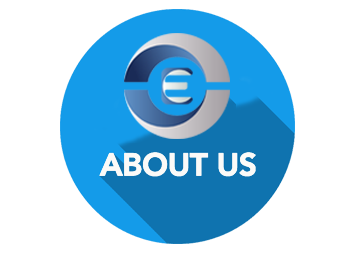








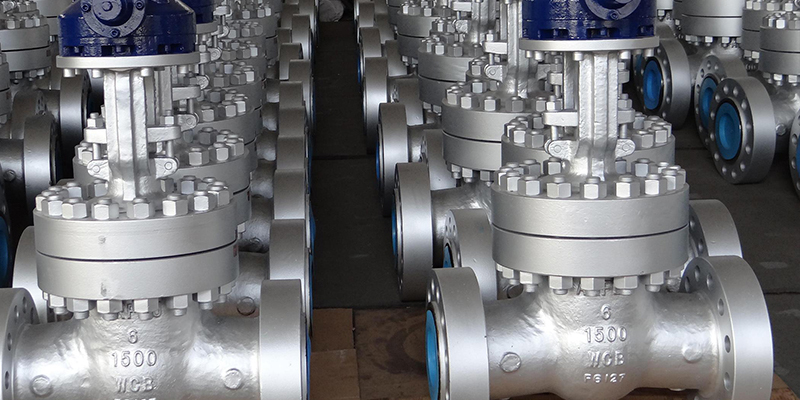
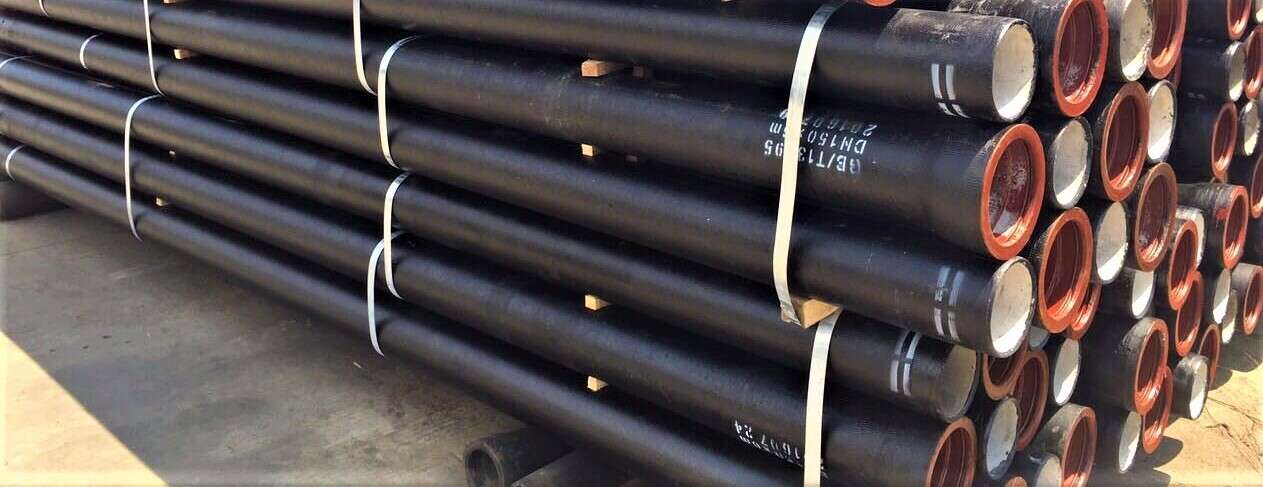

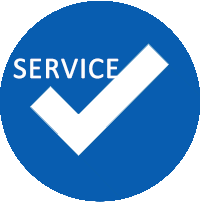
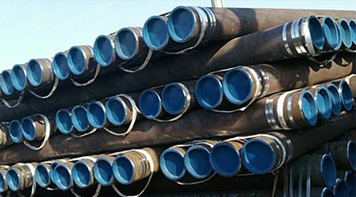 Eastern Steel Manufacturing Co.,Ltd not only improve product production and sales services, but also provide additional value-added services. As long as you need, we can complete your specific needs together.
Eastern Steel Manufacturing Co.,Ltd not only improve product production and sales services, but also provide additional value-added services. As long as you need, we can complete your specific needs together.
